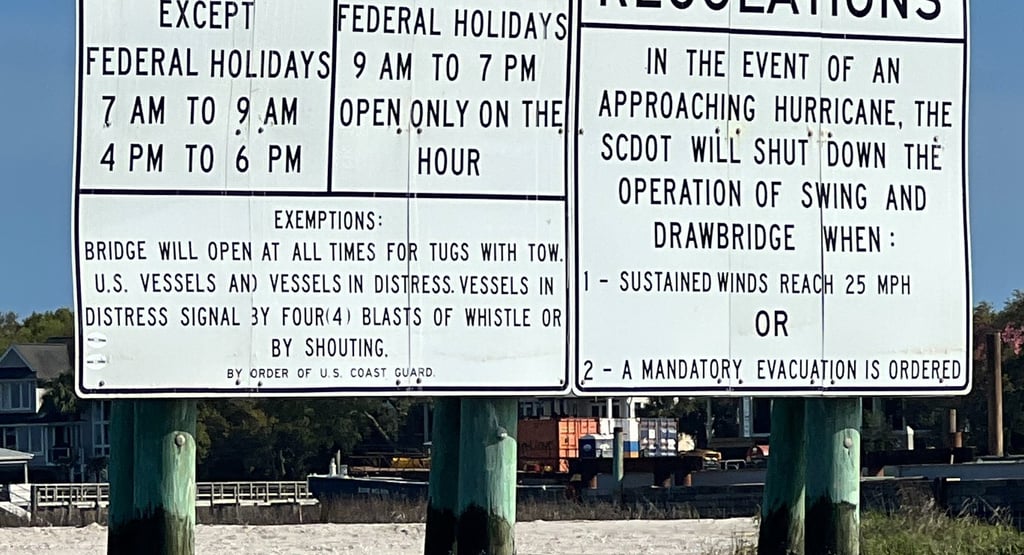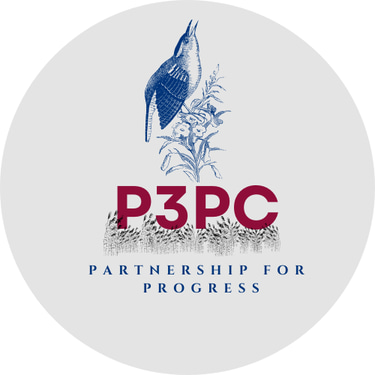The Science of Urgency: How to Use FOMO to Drive Action (Without Being Pushy)
Don't miss out on this...
James Murphy
8/18/20252 min read


Ever felt that quick panic when you see a "Limited Time Offer" or a "Last Chance" email? That's FOMO—the Fear of Missing Out—and it's one of the most potent psychological triggers in marketing. But using it incorrectly can make you sound spammy or manipulative. This post will teach you the science behind urgency and show you how to leverage it ethically to get people to act.
The Psychology of Scarcity and Urgency
Urgency and scarcity aren't just marketing tricks; they're rooted in human psychology. We're hardwired to place a higher value on things that are rare or difficult to obtain. This is why a limited-edition sneaker release creates a frenzy, or a flash sale gets people to buy on the spot.
This concept works because it taps into two core biases:
Loss Aversion: We feel the pain of losing something more strongly than the pleasure of gaining something. The thought of losing an opportunity, a deal, or a product is a powerful motivator.
The Desire for Uniqueness: We want what others can't have. Exclusive or limited offers make us feel special and are more appealing.
Ethical Ways to Create Urgency in Your Copy
You can use urgency effectively and ethically by focusing on genuine value and clear communication. Here are a few ways to do it.
Deadline-Based Urgency: This is the most common form. It's about setting a clear deadline for an offer.
Examples: "Our early bird pricing ends Friday at midnight," "This webinar is live and won't be recorded," or "Registration closes in 24 hours."
Key Takeaway: Be specific and honest about why there's a deadline. Is it for a live event? To manage demand? Tell your audience.
Quantity-Based Scarcity: This works by limiting the number of products, spots, or slots available.
Examples: "Only 10 spots left in the masterclass," "We're down to our last 50 units," or "Get your copy now—this is a limited print run."
Key Takeaway: This works best when you're truthful about your inventory. Authenticity builds long-term trust.
Exclusivity-Based Urgency: This creates urgency by making an offer available only to a specific group, like a subscriber list or an existing customer base.
Examples: "An exclusive offer just for our email subscribers," or "Early access for our VIP members."
Key Takeaway: This builds community and rewards loyalty, making the customer feel valued.
The Fine Line: What NOT to Do
The most critical part of using urgency is avoiding manipulation. Never use false scarcity or fake deadlines. Your audience will quickly see through it, and once they do, you'll lose their trust and credibility.
Don't Fake Scarcity: Don't say "only 5 left" if you have thousands in stock.
Don't Use Vague or Deceptive Language: Avoid phrases like "act now before it's too late" without a specific reason or deadline.
Don't Overuse It: If every single one of your emails or posts screams "Urgency!" your audience will become desensitized.
Conclusion: How to Use Urgency Effectively
The goal of urgency isn't to trick people into buying something they don't want. It's to encourage action from people who are already interested but might be procrastinating. By pairing genuine offers with honest, clear communication, you'll create copy that motivates your audience without sacrificing integrity.
Connect
Partnering for a better Municipalities everywhere.
#IMPACT
#SmartCommunity
© 2025. All rights reserved.
